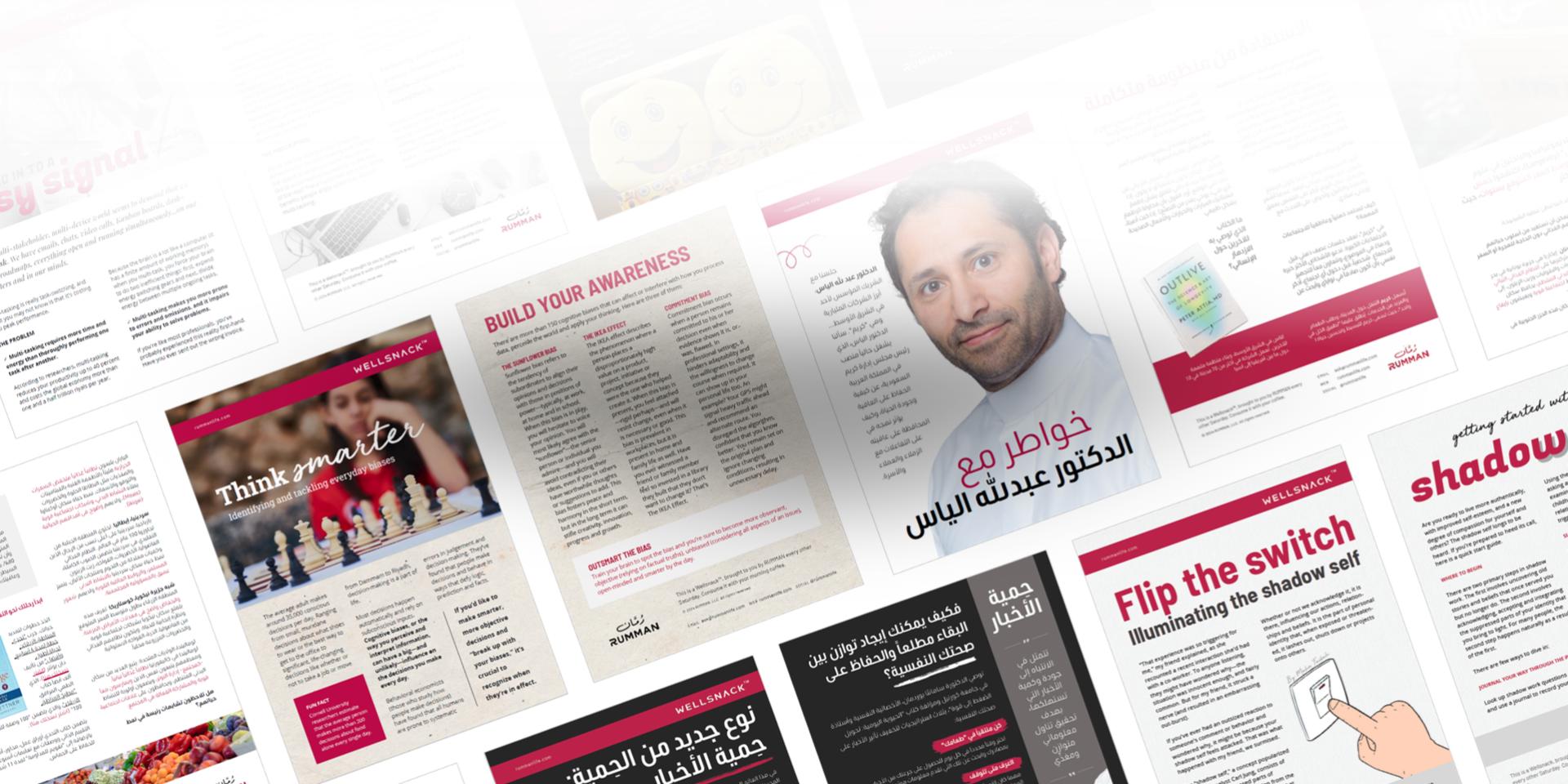
Today’s multi-stakeholder, multi-device world seems to demand that we multi-task. We have emails, chats, video calls, Kanban boards, dashboards, roadmaps, everything open and running simultaneously...on our computers and in our minds.
Multi-tasking is really task-switching, and what you may not know is that it's costing you peak performance.
According to researchers, multi-tasking reduces your productivity up to 40 percent and costs the global economy more than one and a half trillion riyals per year.
Because the brain is a lot like a computer (it has a finite amount of working memory), when you multi-task, you force your brain to do two inefficient things: first, expend energy switching gears and next, divide energy between multiple ongoing tasks.
If you're like most professionals, you've probably experienced this reality first-hand. Have you ever sent out the wrong invoice, cc'd the wrong contact, or forgotten to add an attachment to an email because you were doing too many things at once?
Studies confirm what we intuitively know: doing more can equate to doing worse. Tech company Hewlett-Packard observed a 10-point drop in IQ, or reasoning ability, when employees multi-tasked—that's the same effect as losing a full night's sleep.
Multi-tasking, scientists have found, weakens the brain’s neural circuitry and can create a host of serious issues ranging from rage in adults to learning problems in children. Curiously, multi-tasking is one practice where the more you do it, the worse you become at it. Clifford Nass, a Stanford University professor and expert on multi-tasking, noted: “People who multitask all the time can’t filter out irrelevancy. They can’t manage a working memory. They’re chronically distracted.”
Would you like to boost your creativity, enhance your decision-making and improve the speed at which you work? Would you like to avoid feeling burned out at the end of the day? These outcomes are a few of the benefits people enjoy when they abolish multi-tasking.
Interested in giving it a try? Here's where to start: swap multi-tasking for mono-tasking. Mono-tasking, as the name implies, means giving your full attention to one thing at a time—it is the opposite of multi-tasking. You acknowledge that there are many things that need to be done, but you make a conscious decision to work on just one, and you give it your full attention. A research study participant who replaced multi-tasking with mono-tasking said his stress level went down immediately, adding “It was a relief to do only one thing at a time.”
Further distance yourself from the detriments of multi-tasking by engaging in games or exercises that cultivate concentration and build focus. Reclaiming your attention is a process. Attention is like a muscle—it takes work to strengthen it.
Attention, like other muscles, also requires rest and recovery. When you start mono-tasking —or even if you are still multi-tasking—remember to take regular breaks. Research on 40,000 professionals found that a 17-minute break is the sweet spot for maximum productivity.
Founders, board members, corporate executives, managers, team leaders and human resource professionals have extra influence on organizational culture. If you serve in one of these roles, here are some ways to help your employees sustain their focus and attention:
Create a work environment that provides opportunities for stress recovery and mental recharge. Some companies have introduced quiet rooms and nap pods on-site; others have embraced work-free weekends; many have begun insisting on “real” lunch breaks away from cubicles and desks. Programs to support employee fitness and nutrition needs are also popular. If you don't have an on-site fitness facility, you can offer subsidized gym memberships or provide a wellbeing stipend. Offering healthy food choices in staff cafeterias is another way to help workers maintain their energy.
Encourage a healthy dialog between staff and management by bringing employees together to identify and address sources of stress. Companies that mediate work-life conflict in real-time are able to prevent unnecessary turnover in many cases.
Happy, healthy, supported employees are productive employees. What steps does your organization take to prevent costly employee burnout?